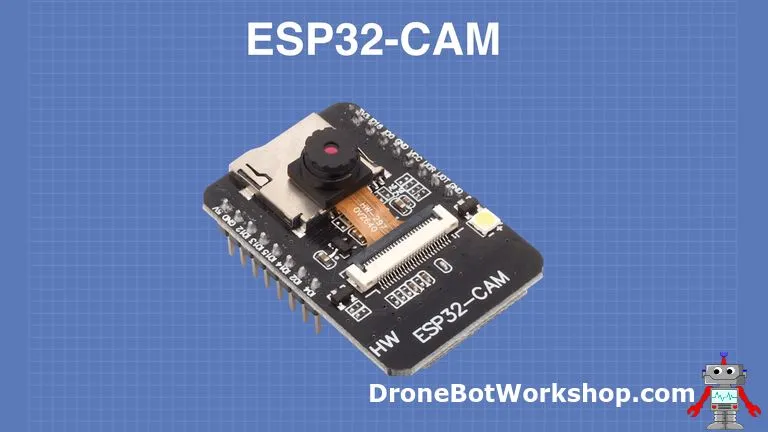Internet Protocols
Its a unique address that identifies a device over a network.
A set of rules that form an internet standard
Some internet protocols include:
1.FTP(File Transfer Protocol)-Takes care of how files are sent over the internet.
2.SMTP(Simple Mail Transfer Protocol)-it is used to send and recieve data eg. exchanging of emails.
3.HTTP(Hyper Text Transfer Protocol)-initiates communication to a webserver.
4.SSL(Secure Shell Layer)& TLS(Transport Layer Security)-both use {HTTP}a secure tunnel to communicate.This process is known as HTTPS.
HTTPS- is a http conversation secured within a SSL and TLS protocol.
A host is any device that sends or recieves traffic.
Server- a computer that has software that responds to requests.
For a host to speak to another host it needs to know its IP address.
Every host needs four items for internet connectivity.
1.IP address- host's identity on the internet.
2.Subnet mask- determines if the other host is on its own network or on a foreign network.
3.Default gateway- Routers IP.
4.DNS Server IP(s)- Translate domain names to IPs.
OSI MODEL
Open System Interconnection- a framework used to describe how a network functions.
It contains 7 layers that work together to transmirt data from one person to another across the globe.
The layers are:
1.Physical layer- is responsible for actual physical connection between devices.
2.Data link layer- used in node to node delivery of message.
3.Network layer- transmits data from one host to another located in different networks.
4.Transport layer- takes services from network layer and provides it to the application layer.
5.Session layer- allows two processes to establish, use and terminate a connection.
6.Presentation layer- also known as translation layer.Data from the application layer is extracted and manipulated in the required format for transmission.
7.Application layer- provides network services to the user's data.Helps to identify the client and synchronize communication.
TCP/IP MODEL
Transmission Control Protocol
Transfers data of a computer from one device to another.It divides is data into packets and combines them at the other end.
Main condition is to make the data reliable and accurate.
IP- finds the mails destination.
TCP- sends and recieves the mail.
it contains 4 layers:
1.Physical layer- responsible for generatin the data and requesting connections.
2.Data link layer- used in error prevention and framing.
3.Internet layer- assigns each device a unique IP which identifies it and determines the route the packets should take to reach it.
Designing an IP camera using the ESP32 CAM
